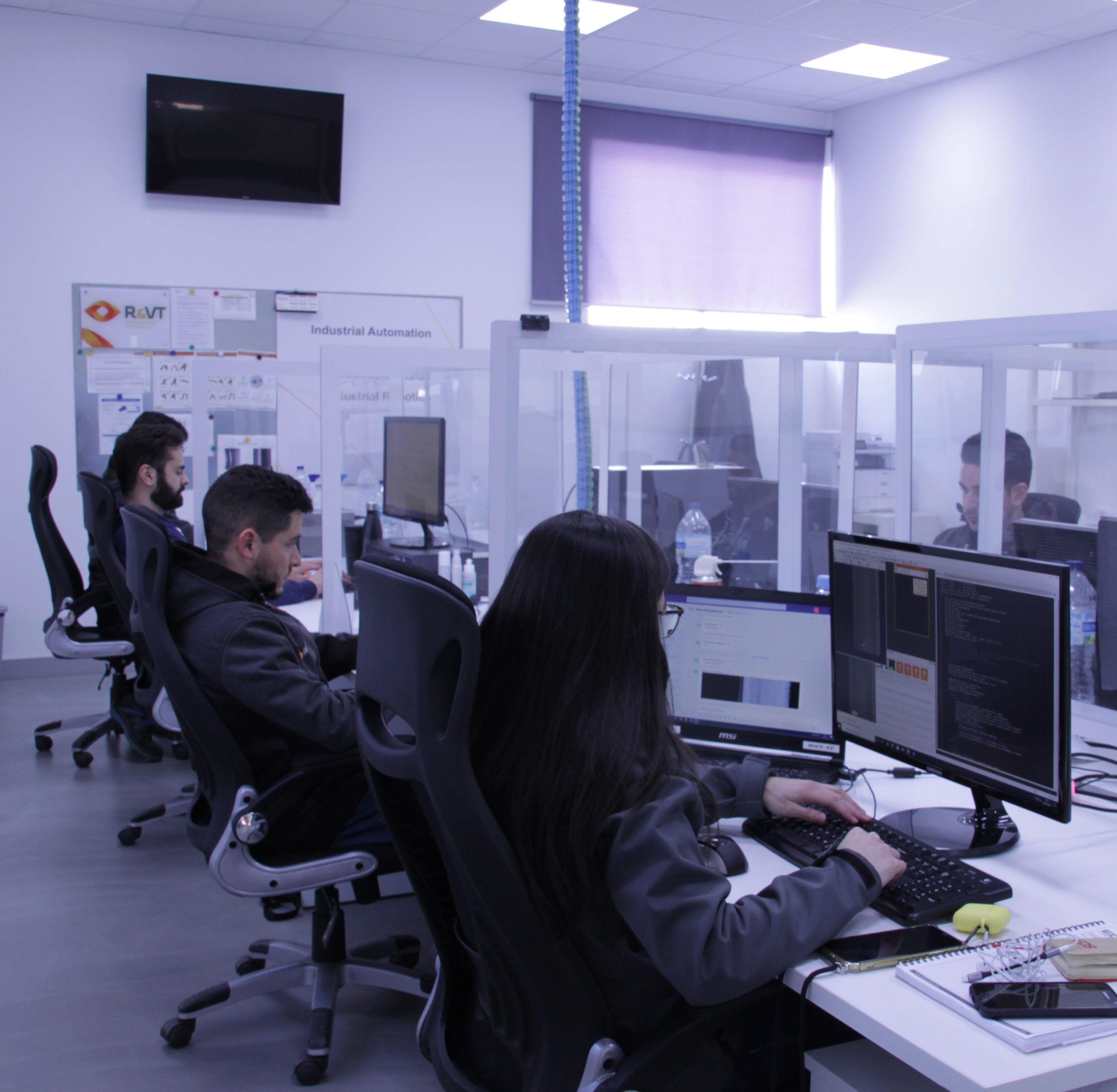Deep Learning
We are one of the pioneers in introducing Deep Learning applications in Spain working in industrial production. For more than 20 years we have had Deep Learning systems integrated into the machines manufactured for our customers, which has made us experts in this field, becoming one of the company's specialities.
Thanks to our team of highly qualified programmers, the machines are able to monitor the entire production, detecting faults or defects in the products in a matter of seconds. Our customers increase the productivity of their business, reducing the time they spend on supervising production and reducing customer complaints about any type of product defect.
Deep Learning applications enable machines to learn to recognise and interpret shapes and objects in order to know what the product should be like, so that they can check it and be able to detect faults. These mistakes in production are detected thanks to the artificial vision incorporated, capable of overcoming, on occasions, human vision and detecting defects whose perception is minimal.
In EDS Robotics we adapt to the needs of our clients and we try to create Deep Learning technology solutions that work in the best way in their business, whatever the industry in which they operate.

There are certain products that, due to their shape or morphology, no two are alike and therefore cannot be developed or inspected through conventional vision. For these types of products, it is advisable to develop a system of neural networks that learns what is and what is not that specific object in order to, once detected, segment the positions necessary for the robot to pick it up or detect defects in the product. In addition, searches can be carried out within the product for the different needs that may arise in quality control or production.
Here we can see an example of one of the Deep Learning applications we have developed in the agri-food industry. In this case, we have designed and trained this system to be able, without human intervention, to detect what is and what is not a broccoli, so that the robot knows its exact location and can pick up the product.
Contact our team
What is Deep Learning?
Artificial vision self-learning
Deep Learning is a subfield of Machine Learning, which, in turn, is a subfield of Artificial Intelligence. We could define Machine Learning as the type of AI techniques in which computers learn to do something without being programmed to do it, and in which the performance of the machines improves with experience. However, Deep Learning can be used to solve problems that Machine Learning cannot solve.
Regarding the function of Deep Learning, it is responsible for processing large data sets algorithmically in such a way that the algorithm can "recognise" certain patterns in that data. It can be considered a way of automating predictive analytics, using a neural network that is composed of a number of hierarchical levels.
In this way, large artificial neural networks are formed, similar to those found in the human brain. This technology is achieving incredible results, even surpassing human precision.

